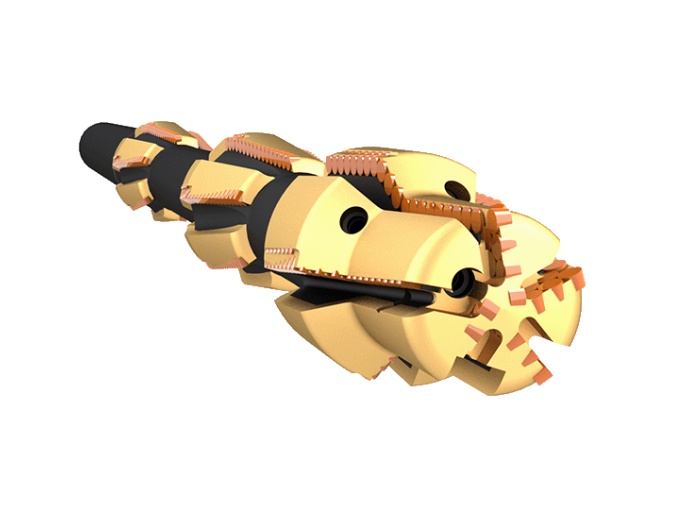How do you run a whipstock drilling is a technique that has revolutionized the field of oil and gas exploration. In this comprehensive guide, we will delve into the intricate details of how to run a whipstock successfully. Whether you’re a seasoned professional or a newcomer to the world of drilling, this article will provide you with valuable insights and strategies to ensure a smooth and efficient whipstock operation.
Understanding the Basics
What is a Whipstock?
A whipstock is a specialized tool used in directional drilling operations. Its primary function is to divert the drilling trajectory in a specific direction without the need to withdraw the entire drill string. This makes whipstock drilling a cost-effective and time-efficient method for accessing multiple reservoir targets from a single wellbore.
Whipstock Components
Before delving into the operational aspects, let’s familiarize ourselves with the key components of a whipstock assembly:
- Whipstock Body: The main body of the whipstock, usually made of durable materials like steel or aluminum, serves as the anchor for the entire assembly.
- Deflector Shoe: Positioned at the lower end of the whipstock, the deflector shoe directs the drilling assembly in the desired direction.
- Orientation Sub: This component ensures the proper alignment of the whipstock in the wellbore.
Now that we have a grasp of the basics, let’s move on to the operational aspects of running a whipstock effectively.
Preparing for Whipstock Operations
Well Planning
Success in whipstock drilling begins with meticulous well planning. Key considerations include:
- Geological Data Analysis: Detailed analysis of geological data is essential to identify the optimal locations for whipstock installations.
- Trajectory Design: Determine the desired well trajectory and angle at which the whipstock will be set.
- Equipment Selection: Choose the appropriate whipstock assembly based on the well’s specific requirements.
Whipstock Installation
Once the planning phase is complete, it’s time to install the whipstock. The process involves the following steps:
- Running in Hole (RIH): Lower the whipstock assembly into the wellbore to the predetermined depth.
- Setting the Whipstock: Using a setting tool, anchor the whipstock securely in place. Ensure that it is correctly oriented to achieve the desired trajectory.
- Drilling Commencement: Start drilling operations, keeping a close eye on the drilling parameters to ensure the whipstock functions as intended.
Running the Whipstock
Monitoring and Adjustments
During the drilling process, continuous monitoring and adjustments are crucial. Here are some key considerations:
- Real-Time Data: Utilize advanced logging and measurement tools to gather real-time data on well conditions.
- Directional Control: Make precise adjustments to the drilling angle and direction as needed to stay on course.
Post-Whipstock Operations
Evaluation and Analysis
After successfully running the whipstock, it’s essential to evaluate the results. This involves:
- Coring and Sampling: Collect core samples to assess the reservoir’s properties and potential productivity.
- Logging and Logging While Drilling (LWD): Analyze logs and LWD data to confirm that the drilling trajectory aligns with the well plan.
Conclusion
Running a How do you run a whipstock successfully is a complex but rewarding endeavor in the field of oil and gas exploration. By understanding the basics, meticulous planning, precise execution, and thorough post-operation analysis, you can ensure a successful whipstock drilling operation.
Incorporate these strategies into your drilling practices to enhance efficiency and achieve outstanding results. Now that you’re armed with valuable insights into running a whipstock, you’re well-equipped to outrank your competitors and excel in your oil and gas exploration endeavors.


No comments yet